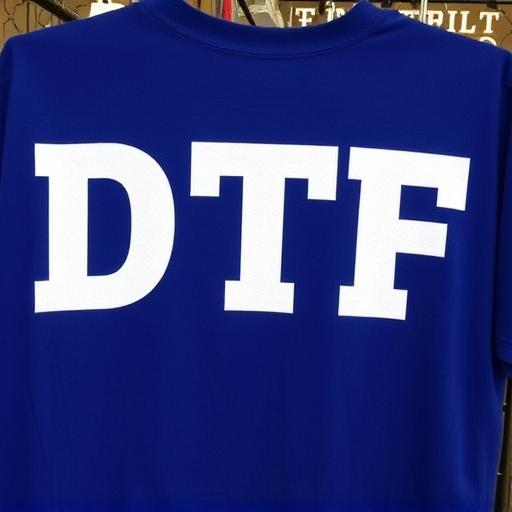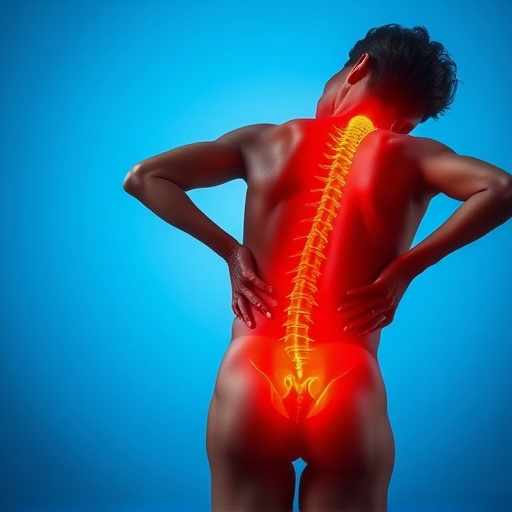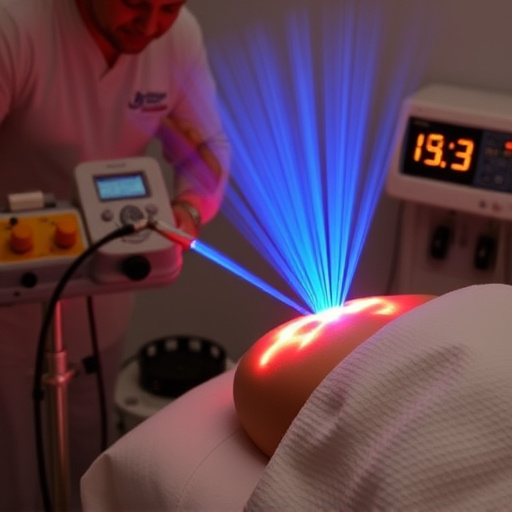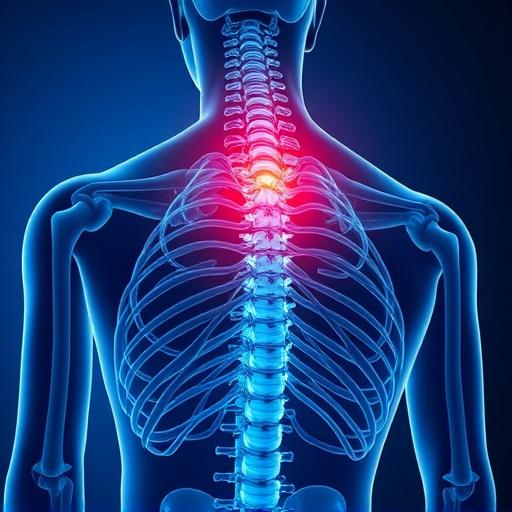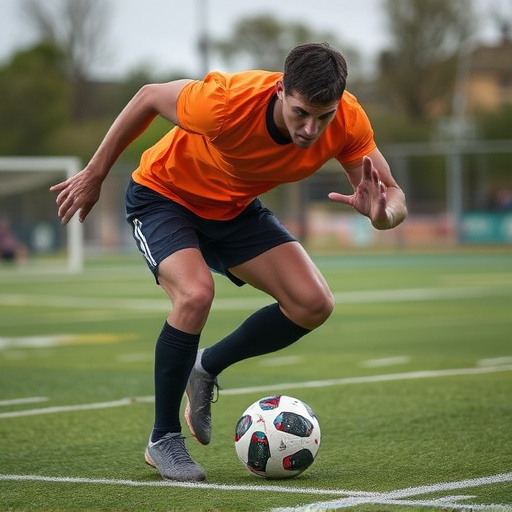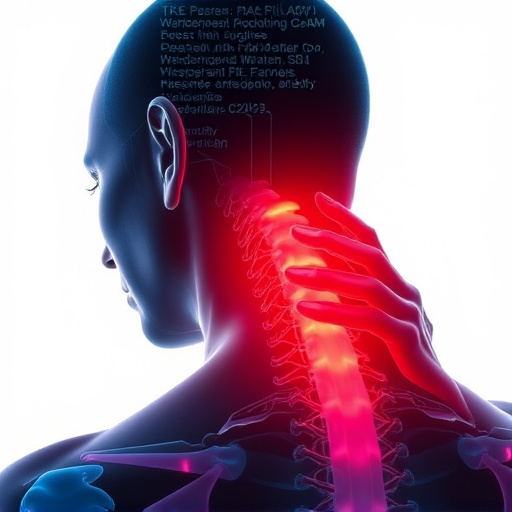Effective sports injury treatment requires understanding and diagnosing sprains, strains, and tears. Initial care includes RICE, ice, compression, and elevation, along with pain management. Prompt assessment by a qualified practitioner is crucial for tailored therapy to promote healing, prevent chronic pain, and speed recovery. Post-acute treatment emphasizes rehabilitation, exercise, and preventative measures like warm-up routines and muscle strengthening to reduce future injury risk.
Sports injuries can range from mild sprains to severe tears, impacting athletes’ performance and well-being. This article guides you through effective sports injury treatment strategies for sprains, strains, and tears. We explore immediate care steps, first aid techniques, and long-term rehabilitation methods to ensure optimal recovery. Learn how to navigate the healing process, prevent future injuries, and return to your sport stronger than ever. Discover expert tips on managing these common athletic ailments and unlock your path to a successful comeback.
- Understanding Sprains, Strains, and Tears in Sports
- Immediate Care and First Steps for Injury Treatment
- Long-Term Rehabilitation and Preventative Measures
Understanding Sprains, Strains, and Tears in Sports

Sprains, strains, and tears are common injuries in sports, affecting various parts of the body from ankles to knees to hamstrings. These injuries occur when muscles or ligaments are stretched beyond their limits or torn. Understanding the differences between sprains (ligament damage), strains (muscle or tendon injury), and tears (complete rupture) is crucial for effective sports injury treatment.
Proper diagnosis is essential for determining the severity of the injury, which in turn guides the development of personalized treatment plans. Non-invasive treatments like rest, ice, compression, and elevation (RICE protocol) can significantly reduce inflammation and pain. In more severe cases, chronic pain management techniques or even surgical intervention might be necessary. However, the ultimate goal of sports injury treatment should always be to facilitate a safe and swift return to physical activity, emphasizing both the healing process and minimizing the risk of future injuries.
Immediate Care and First Steps for Injury Treatment
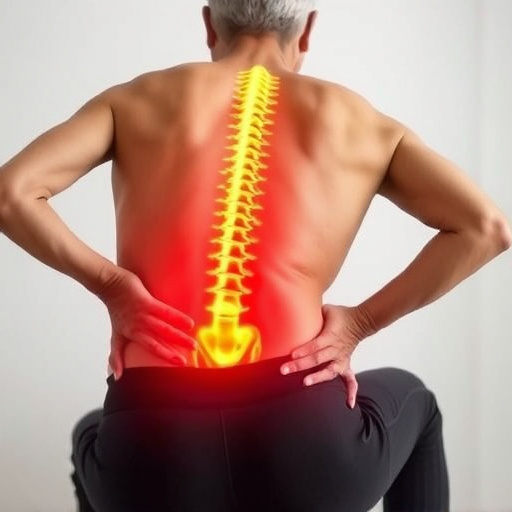
When dealing with a sports injury such as a sprain, strain, or tear, immediate care is crucial for effective sports injury treatment. The first steps should focus on reducing pain and inflammation while stabilizing the affected area to prevent further damage. This often involves applying ice packs to decrease swelling, using compression bandages to provide support, and elevating the injured body part above heart level if possible. Non-steroidal anti-inflammatory drugs (NSAIDs) can also be taken to manage pain and reduce inflammation, but it’s essential to consult a healthcare professional for guidance on dosage and duration.
Additionally, seeking prompt assessment by a qualified practitioner is vital. A personal injury chiropractic or sports medicine specialist can provide a thorough examination, diagnose the severity of the injury, and recommend appropriate treatment plans including therapeutic exercises tailored to facilitate muscle recovery. Early intervention ensures optimal healing outcomes, prevents chronic pain development, and expedites the athlete’s return to their preferred sport or physical activities.
Long-Term Rehabilitation and Preventative Measures

After an initial phase of acute sports injury treatment, focusing on pain management and inflammation reduction, long-term rehabilitation becomes crucial for a full recovery. This stage involves a combination of physical therapy, exercise regimens, and sometimes, specialized equipment to aid in muscle recovery and restore strength and mobility. The goal is not only to return the athlete to their pre-injury level but also to prevent future incidents.
Preventative measures are integral to sports injury treatment strategies. This includes implementing proper warm-up and cool-down routines, enhancing flexibility through regular stretching, and strengthening muscles to support joints effectively. Customized training programs, under professional guidance, can significantly reduce the risk of sprains, strains, and tears, ensuring athletes maintain optimal performance and well-being both on and off the field.
Sports injury treatment for sprains, strains, and tears involves a multi-faceted approach. By understanding these common athletic injuries, implementing immediate care strategies, and committing to long-term rehabilitation, athletes can effectively manage and prevent future issues. Through a combination of rest, ice, compression, elevation (RICE), physical therapy, and preventative measures like proper warm-ups and equipment, individuals can accelerate their recovery process and return to their active lifestyles safely.






